The German capital is renowned for its cultural diversity and cutting-edge arts scene. Here are 10 galleries worth exploring on a trip to Berlin: spaces challenging the very definition of art itself.
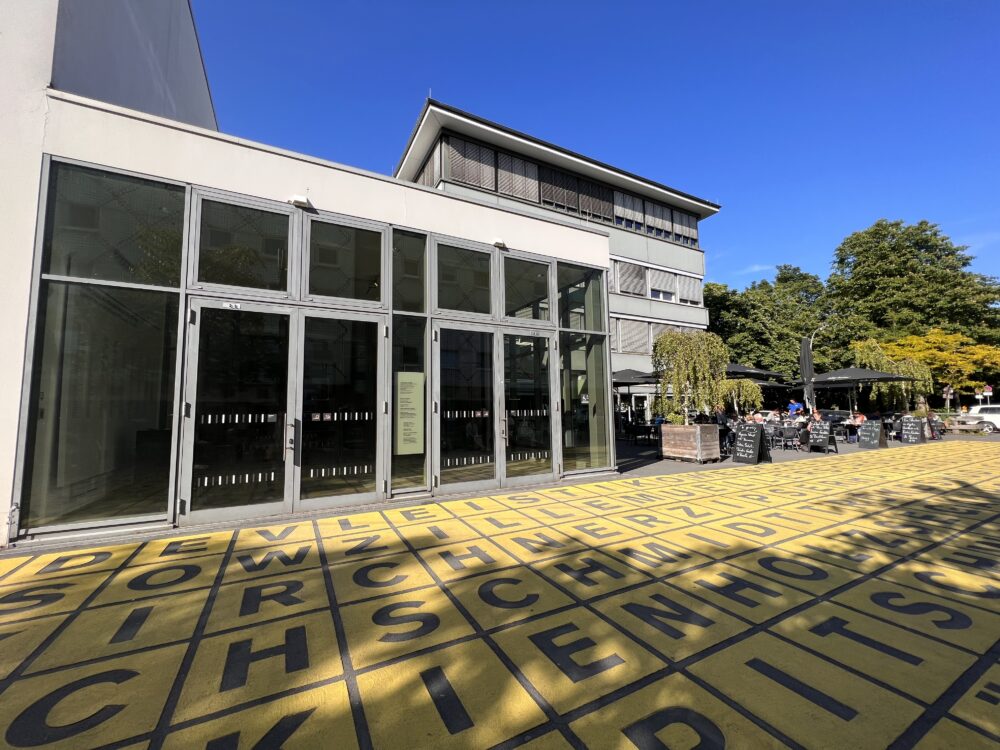
The yellow-brick road forecourt at the Berlinische Galerie (Photo: Anja Mujic)
Berlin’s contemporary art scene is one of the most vibrant and avant-garde in Europe, unafraid to question and confront its troubled political past even as it looks critically towards the future. Matching the likes of Paris and London in its magnetism and appeal for artists and bohemians alike, Berlin is a hub for international creatives across a range of mediums, from photography to performance art. The art produced and shown here is international and thought-provoking, and the spaces that exhibit it are just as innovative, often rising from the ashes of a once divided country to interact with collectors, critics and curious visitors in meaningful ways. Here are 10 Berlin galleries and exhibition spaces that art lovers should not miss.
König Galerie
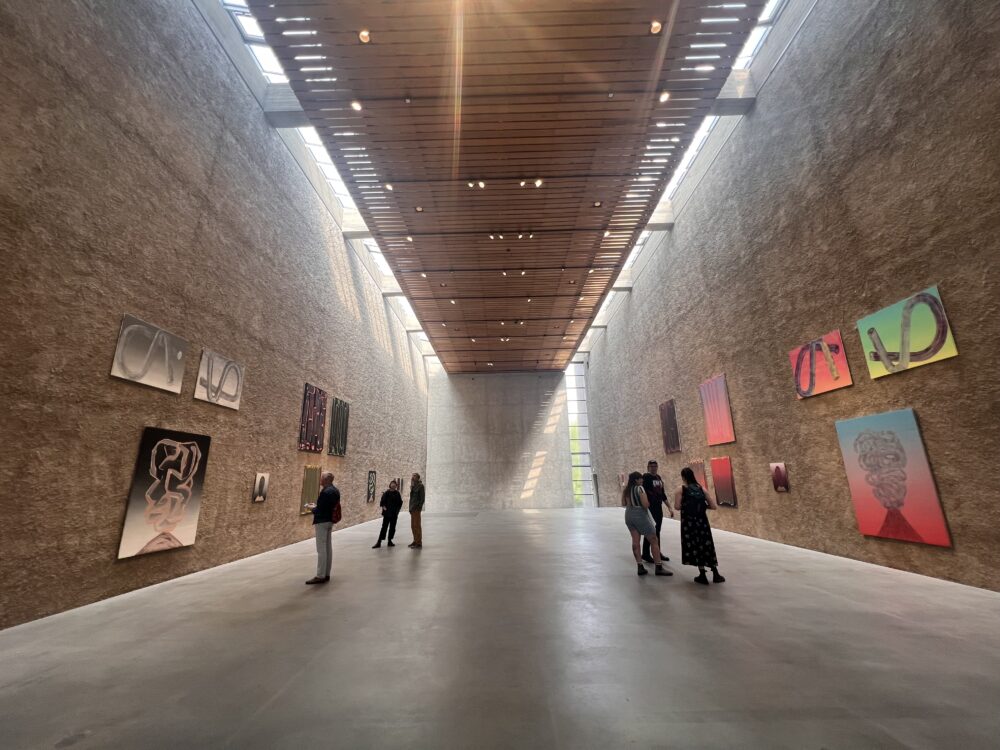
The former St. Agnes Church Chapel, now König Galerie’s main exhibition space (Photo: Anja Mujic)
A former church designed in the brutalist style by Werner Düttmann and completed in 1967, the space was acquired by art dealers Johann and Lisa König in 2012. With the expertise of architect Arno Brandlhubef, this Kreuzberg landmark underwent an award-winning conversion. Despite an impressive rotation of exhibitions focusing on interdisciplinary and conceptual approaches, with a roster of both emerging and established artists, it’s easy to get lost in the sacred atmosphere the space has retained. Recent shows held in the former nave and chapel include Hungarian sculptor Zsófia Keresztes’ first solo exhibition, and Lagos-based painter Dennis Osadebe’s appropriately titled series ‘Do you know how to pray?’
Alexandrinenstraße 118-121, 10969
East Side Gallery
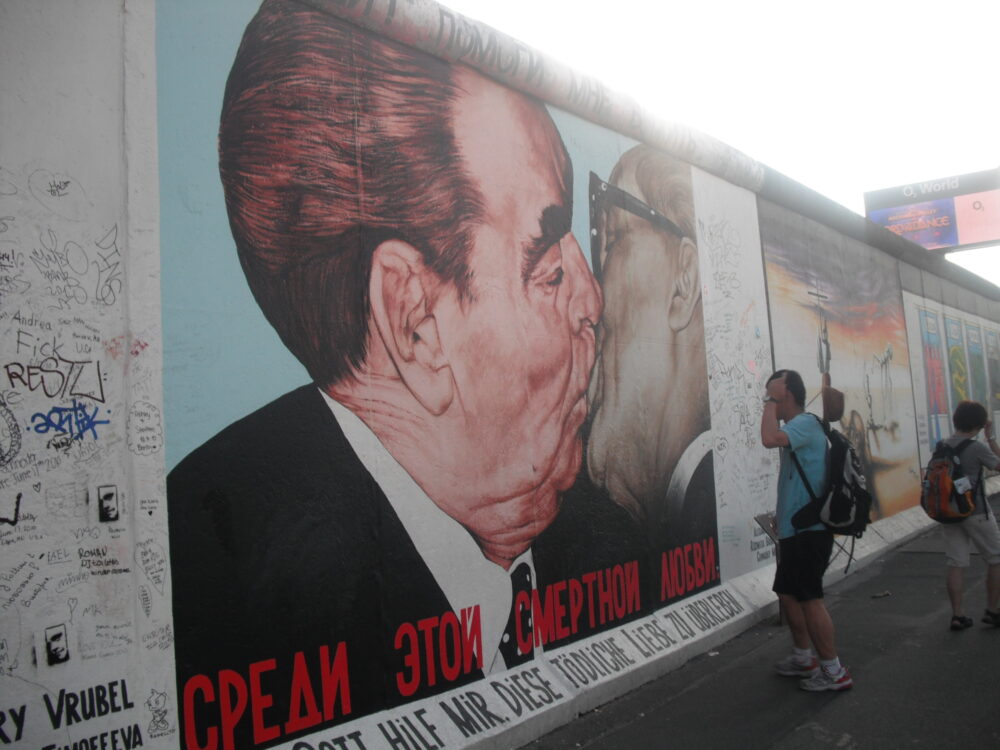
‘My God, Help Me to Survive This Deadly Love’ by Dmitri Vrubel (Photo: Anja Mujic)
This iconic open-air gallery which also serves as a memorial is made up of the longest surviving section of the Berlin Wall. Comprising over 100 murals by artists from 21 countries, the paintings, created in the spring of 1990, comment on the political changes that came in quick succession after the fall of the Berlin Wall in November 1989. The murals seen today are not the originals but rather replicas from 2009, situated on the side of the wall facing what was formerly East Berlin. A heritage-protected landmark, the gallery serves as a reminder of the possibility for finding harmony between borders and a peaceful middle ground.
Mühlenstraße 3-100, 10243
Sammlung Boros
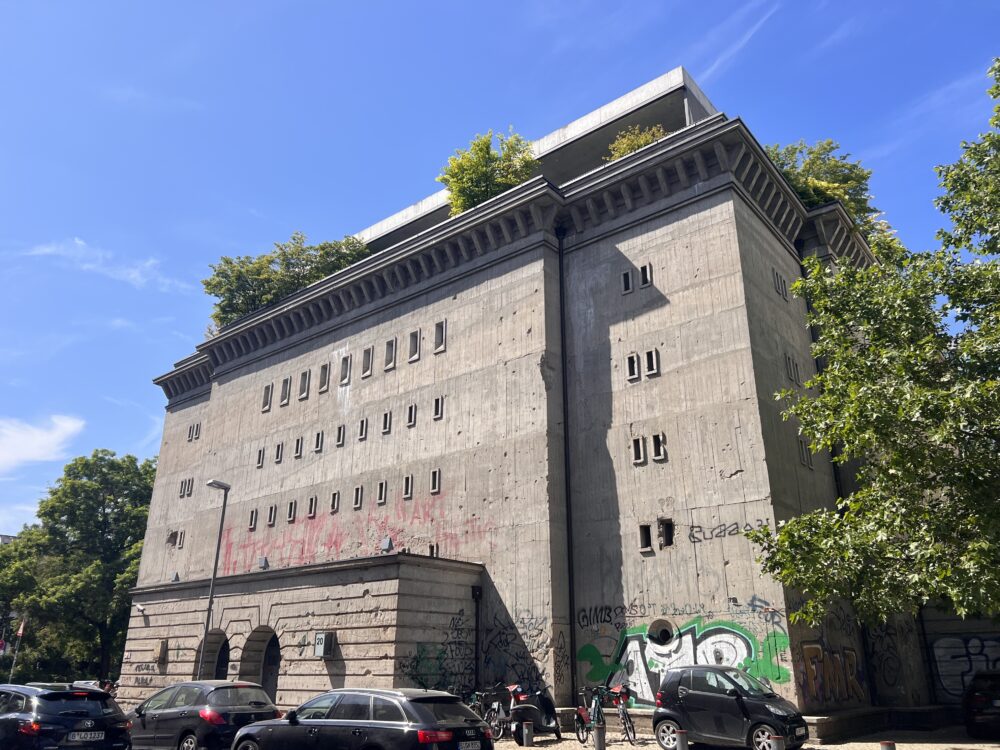
Sammlung Boros – a gallery in a WWII bunker (Photo: Anja Mujic)
With a lengthy waitlist, this unique experience curated by Karen and Christian Boros is a private collection of contemporary art dating from 1990 to the present. Artists featured over the years include Ai Weiwei, Tracey Emin, Olafur Eliasson and, in its current iteration, Kris Martin, Berenice Olmedo and Bunny Rogers. Displayed in a 3000-sqm (32,292 sqft) converted high-rise bunker and accessible only via a guided tour on weekends, it is presented and maintained by a team of artists and art historians serving as mediators between the art and an audience of more than 600,000 visitors to date.
Reinhardtstraße 20, 10117
Galerie Eigen + Art
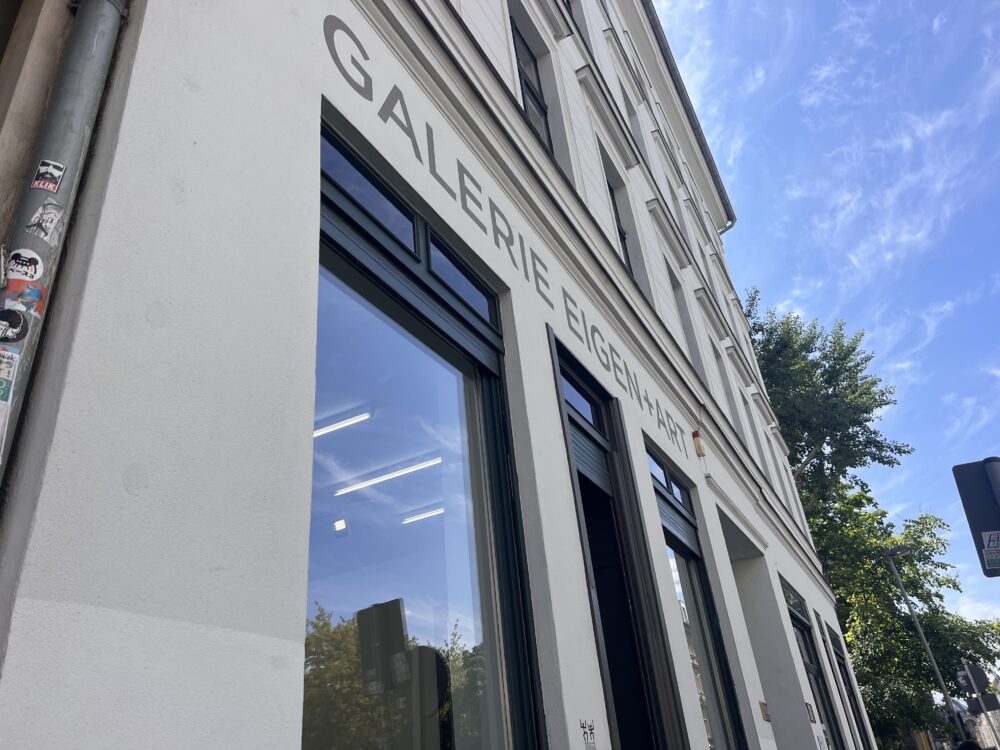
Galerie Eigen + Art, Mitte (Photo: Anja Mujic)
Founded by Gerd Harry Lebke in the 1980s, Eigen + Art began in Leipzig as a clandestine meeting point for artists and remains the only gallery that originated in East Berlin still in operation internationally today. Thanks to a focus on building career-long relationships through its many labs and programs, most of the artists showcased here have been represented since the launch of the organization, with new generations joining the fold to create a unique range of offerings. The flagship Mitte location, a former school, opened in 1992.
Auguststraße 26, 10117
KW Institute for Contemporary Art
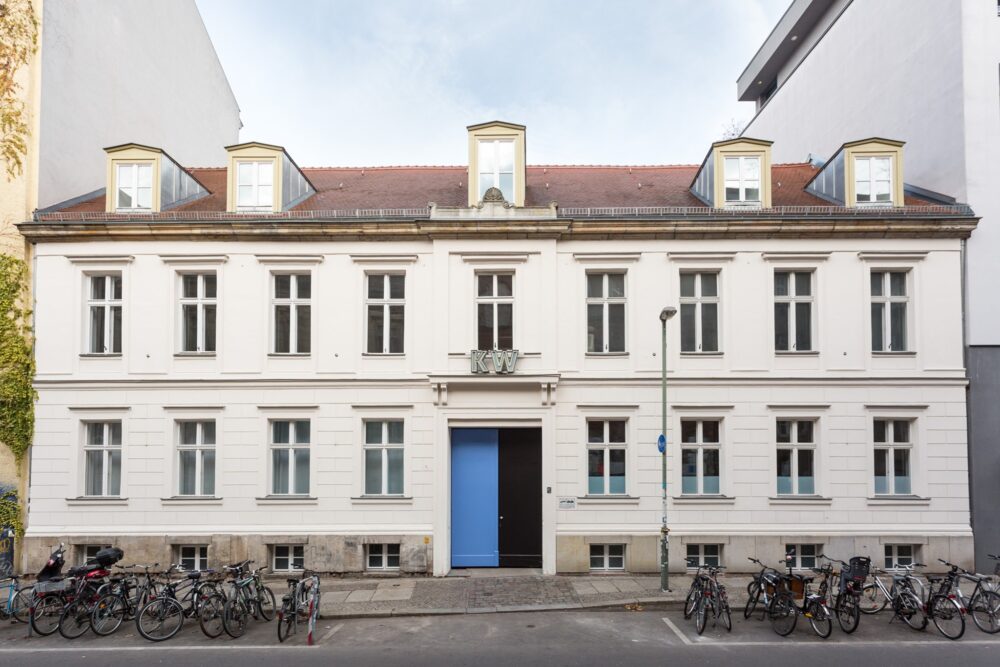
The KW Institute for Contemporary Art (Photo courtesy of the KW Institute via Facebook)
Founded by a collective of artists in a former margarine factory, KW (Kunst-Werke or ‘artwork’) Institute for Contemporary Art is an international hub for the most progressive of art discourses and practices. Without a permanent collection of its own, it maintains a collaborative approach to its programming, building relationships that align with the latest tendencies and trends of the global art scene. The heritage building spans a café created by artist Dan Graham and architect Johanne Nalnack, an four-floor exhibition space by local architect Hans Düttman, as well as a tranquil open courtyard. This is the gallery that launched the Berlin Biennale in the 1990s, and has since hosted many of today’s most acclaimed artists, including Matthew Barney and Rainer Werner Fassbinder.
Auguststraße 69, 10117
Schinkel Pavillon
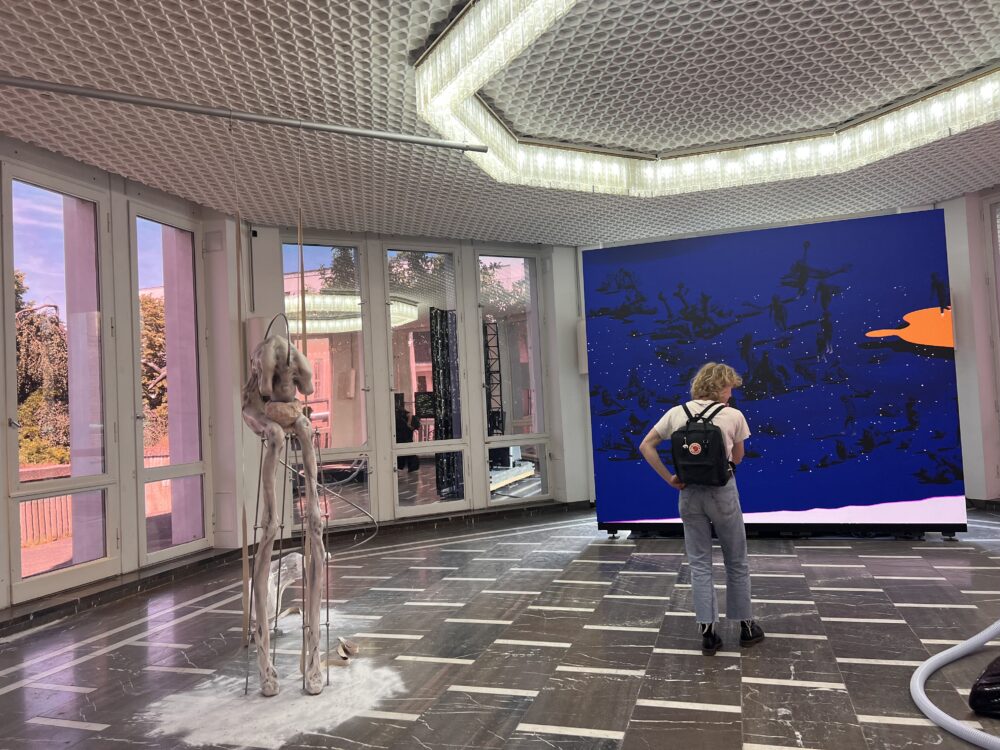
Hexagonal panorama at the Schinkel Pavillon (Photo: Anja Mujic)
With a history as eclectic as its design, this monument of DDR architecture is now a contemporary art institution in central Berlin. Built in 1969 by Richard Paulick, the same chief architect behind the street Karl Marx Allee, the octagonal space with floor to ceiling windows offers a panoramic view of Berlin’s historical centre. Located in the garden of the Kronprinzenpalais (Crown Prince’s Palace) off the Unter den Linden, the site once housed artwork culled from the Berlin National Gallery, and was eventually shut down and labelled ‘degenerate’ during WWII. Current director Nina Pohl builds on that original collection while presenting new work in exhibitions such as ‘Everything But the World’, a video installation by the New York collective DIS, or (not for the faint-hearted), an Etude for Extinction: a musical composition for multiple percussion, cars and bodies on fire by Florentina Holzinger.
Oberwallstraße 32, 10117
Berlinische Galerie

The yellow-brick road forecourt at the Berlinische Galerie (Photo: Anja Mujic)
This Museum for modern art, photography and architecture boasts a collection dating from 1870 until the present day. Meticulous in both curation and layout, the trajectory of Berlin’s art history is explored extensively in the permanent collection, while recent exhibitions include German-Turkish performance artist Nasan Tur and an Edvard Munch retrospective. Originally a glass warehouse in the 1960s, the building was converted in 2004 by architect Jörg Fricke: the result is a 4000-sqm (43,056 square foot), luminous open space with unfixed internal walls, allowing reconfiguration based on rotating exhibitions. As you enter, the bright yellow rectangular forecourt will catch your eye: designed by architect Kühn Malvezzi, its letters make up the 160 names of the permanent collection’s featured artists.
Alte Jakobstraße 124-128, 10969
Capitain Petzel
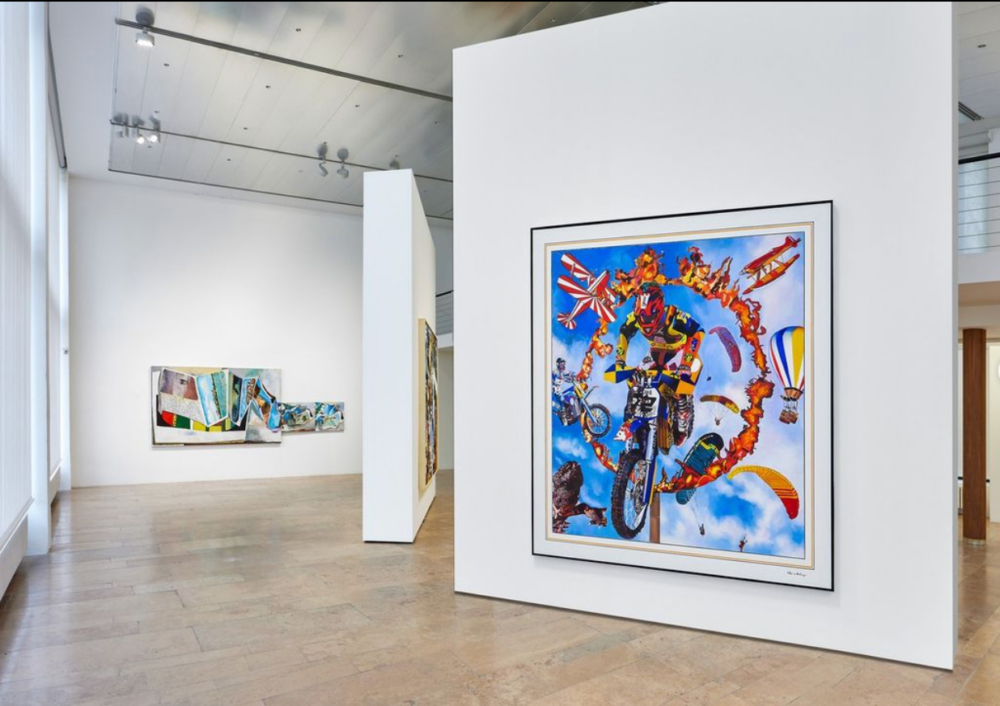
Capitain Petzel (photo courtesy of Capitain Petzel Gallery)
Founded by Gisela Capitain and Friederich Petzel, the original Berlin branch of this gallery (now also operational in Cologne and New York) can be found on Karl-Marx-Allee, in a Modernist building preserved from the Socialist Era. Initially intended to showcase artists of the Eastern Block, the 1300 sqm glass-walled space has exhibited countless ambitious projects, many developed in situ at the dedicated work spaces for artists.
Karl-Marx-Allee 45, 10178
Daadgalerie
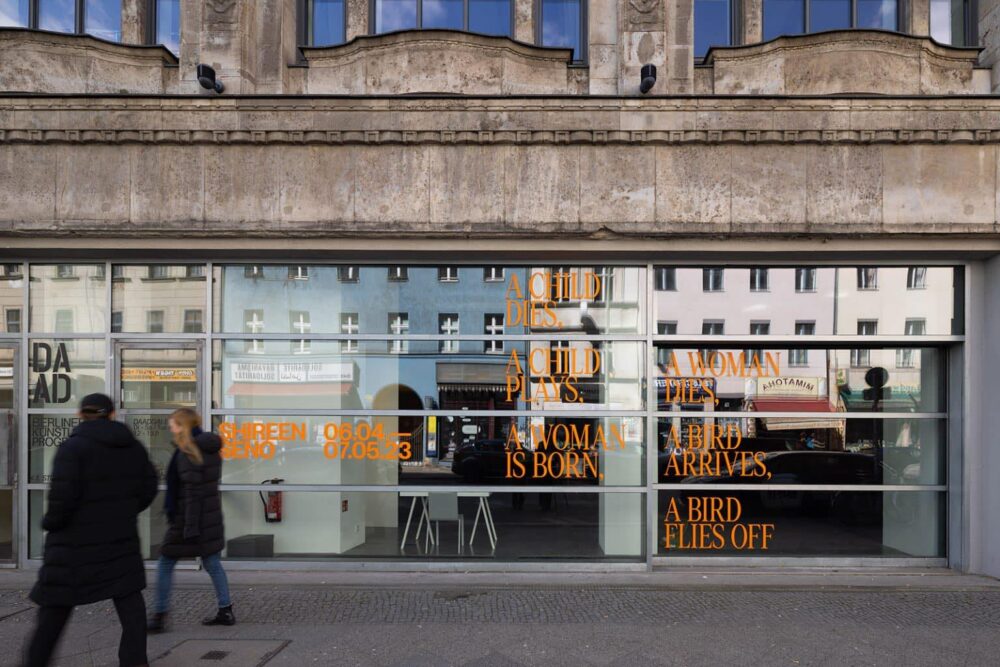
DAAD (Photo courtesy of DAAD via Facebook)
Daadgalerie moved from West Berlin to trendy Kreuzberg in 2017. In addition to historic local exhibitions (such as the recent ‘If the Berlin wind blows my flag’: art and internationalism before the fall of the Berlin Wall), the DAAD Artists-in-Berlin Program shines a spotlight on laureats in visual arts, film, music and sound, and literature (the likes of London-based performance artist and vocalist Elaine Mitchener and Korean sculptor Jiyoung Yoon) to present transdisciplinary formats in new ways. Work from current and former fellows is showcased across two exhibition floors, often in collaboration with various festivals including the International Literature Festival Berlin, universities, and cultural institutions. Screenings and concerts make for a vibrant and varied space for creative and artistic exchange.
Oranienstraße 161, 10969
KUNSTRAUM KREUZBERG/BETHANIEN
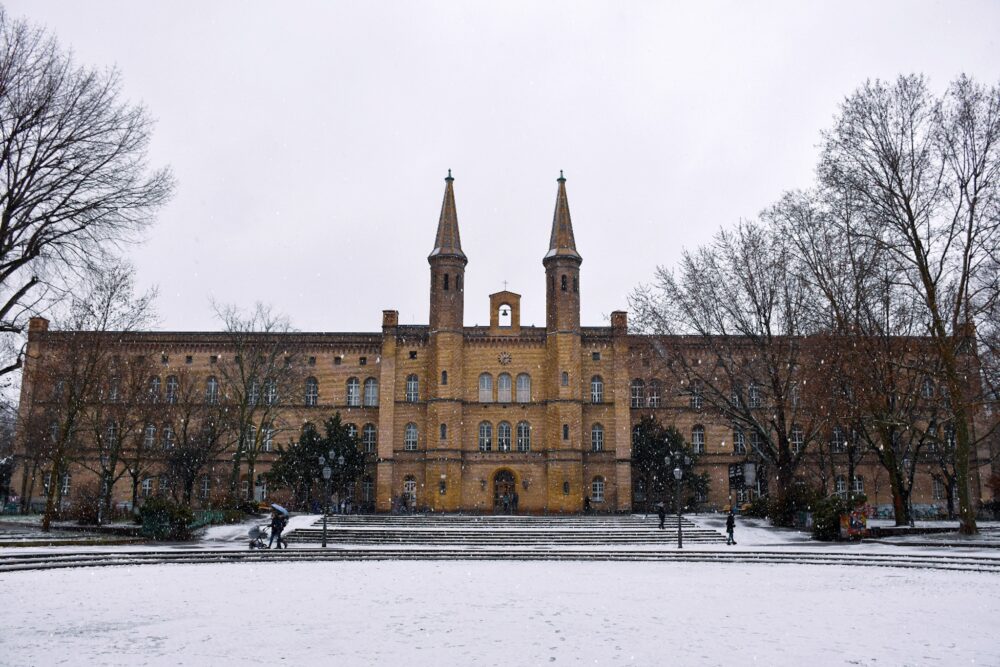
Kunstraum Kreuzberg_Bethanien (Photo courtesy of Kunstraum Kreuzberg Bethanien via Facebook)
A former hospital on the park-like Mariannenplatz in north Kreuzberg, this castle-like structure dates from 1847. After the plan to demolish it to make way for social housing was quashed by squatters and community initiatives, it became a major complex for artistic endeavour. With a permanent collection of 450 works, the gallery shows contemporary art with a socio-cultural focus of both local and global relevance, most recently the project ‘The Roots of Our Hands Deep as Revolt: Entangled Colonialities of the Green’, a collaboration across Berlin, Cape Town and Dakar to explore issues of environmentalism and sustainability.
Mariannenpl. 2, 10997